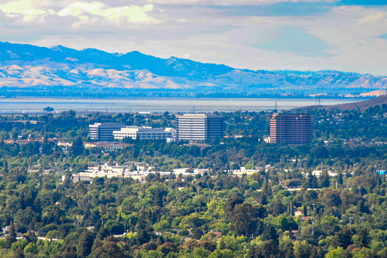
Each year, countless individuals seeking greater economic opportunity and a better life apply for U.S. citizenship. By 2015, two-thirds of immigrants eligible for citizenship had been granted citizen status. For highly skilled workers looking for a less permanent stay in the United States, however, citizenship is not necessarily the answer. Many are instead granted a three to six-year stay by employers petitioning for highly educated and skilled professionals from other countries to fill specific positions. For countless companies, immigration is an integral source of highly specialized professional labor.
This system is facilitated by the H-1B visa, which has provided employment in America to highly skilled foreign professionals since the Immigration Act of 1990. The cap on the number of H-1B visas which may be given out each year began at 65,000, peaking at nearly 200,000 at the turn of the millennium. Today the cap is again at 65,000, but with an additional 20,000 visas available for individuals who possess a graduate degree from a U.S. university. This precise cap has been in place since 2006.
The H-1B visa has its roots in the H-1 visa established by the Immigration and Nationality Act passed by Congress in 1952. The legislation declared the visa was designed for “an alien having a residence in a foreign country which he has no intention of abandoning who is of distinguished merit and ability and who is coming temporarily to the United States to perform temporary services of an exceptional nature requiring such merit and ability.” This H-1 visa was later split into an H-1A visa specifically for use by nurses, and the H-1B visa we are familiar with today to cover all other specialized occupations.
Several actions were taken toward the end of Bill Clinton’s presidency to ensure that the H-1B visa program did not result in the displacement of specialized American workers. This included the introduction of an application fee, the funds from which would be used to train American workers to fill the same positions. Changes also included the mandate that individuals employing a large number of workers via H-1B visas formally attest that their actions would not result in the displacement of U.S.-born professionals.
If you still have questions about the H-1B visa, the best immigration lawyers to clear things up for you can be found at Reeves Immigration Law Group.




